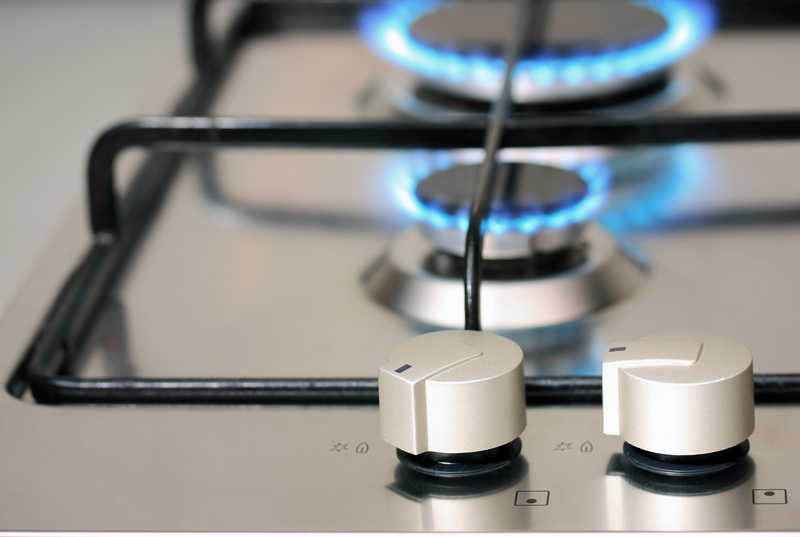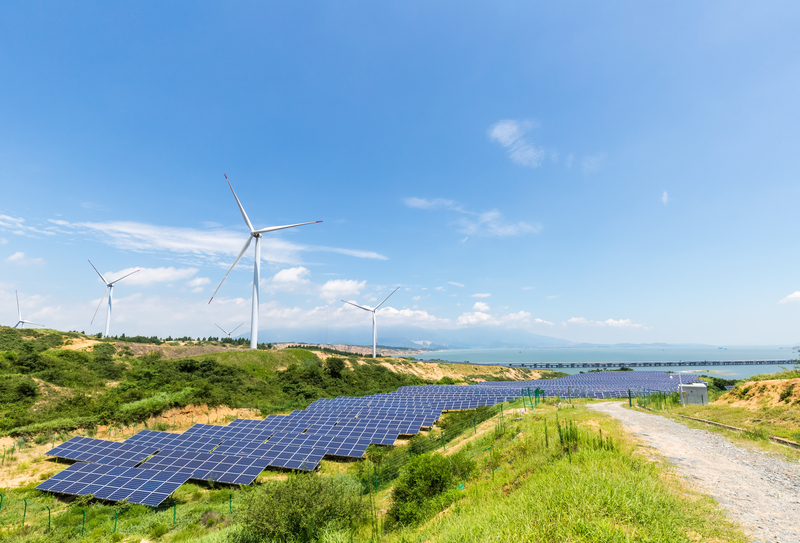Is Natural Gas a Renewable Resource?
This article is your complete guide to understanding the question, “is natural gas renewable?” When is comes to fuel sources, it can be quite difficult to understand if natural gas renewable or nonrenewable.
So is natural gas renewable? There isn’t simple yes or no answer. The main reason is it depends on how the natural gas was extracted for use. In this blog post, we’ll cover the basics of what natural gas is, what forms of natural gas are renewable and nonrenewable, and why it matters.
Aggressive Energy is committed to helping our clients make the most sustainable choices for their energy consumption and their budget. Whether you’re looking for ways to use natural gas responsibly or looking to make a switch, we guarantee we’ll create an energy plan that works for you.
Read on to learn if natural gas is renewable or nonrenewable and more!
What is Natural Gas?

When wondering is natural gas is renewable, you have to understand what it is! Natural gas is a a naturally occurring hydrocarbon that humans can use as a fuel source. This gas is odorless and colorless and can be very dangerous if not handled properly.
Where does natural gas come from?
So, how is natural gas formed? The process might not be what you think. Natural gas is a fossil fuel energy source. These fuels are formed from the decomposition of plants and animals that were entombed deep beneath the Earth. Eventually, after thousands (sometimes millions) of years, they fossilized and became natural sources of energy. However, because natural gas is found exclusively in reserves deep beneath the Earth’s surface, it’s not very convenient to extract. As a result, it causes environmental harm in the process.
Related Post: Renewable Energy Trends 2021
Is Natural Gas Renewable? – What is Natural Gas Used For?

The United States uses natural gas largely to produce heat and generate electricity. Therefore, it is smart to ask if natural gas is renewable, because it is a common energy source in the US. In the commercial sector, the uses aren’t that different than a that of a residential home, but are done so on a much larger scale.
For example, they often use natural gas to power industrial-sized kitchen equipment and they have a lot more space to light and heat/cool than the average home. Plus, they’re typically powering these things for longer periods of time. In 2020, the commercial sector accounted for around 10% of all natural gas consumption in the United States, and natural gas was the source of 19% of the commercial sector’s total energy consumption.
What is the Most Common Natural Gas?
Methane is the most commonly used natural gas on Earth. Natural gas and crude oil wells are frequently filled with methane and as well as hydrocarbons like nitrogen and carbon dioxide that produce energy when burned. Though they differ in chemical structure, all of these gases can be utilized in the creation of energy under certain circumstances.
What’s the Difference Between Renewable and Nonrenewable Resources?

The difference between renewable and nonrenewable resources is that renewable resources are available infinitely and nonrenewable resources are not.
Renewable natural energy is an unlimited resource that will always continuously replenishes its supply on its own, no matter how much of it we use. Because there’s an infinite amount of these resources and they’re harnessed naturally, renewable energy sources are considered to be the green, sustainable alternative to fossil fuels such as natural gas, coal, and oil. Examples of renewable resources include wind power, solar power, hydropower (water), to name a few.
As we mentioned earlier, nonrenewable energy is comprised of fossil fuels, which use fossils as their power source. On average, fossils take about 10,000 years to form. So once we use the natural gas found inside of the Earth, we won’t be able to replenish the amount we used for thousands of years.
Examples of Renewable and Nonrenewable Resources
Renewable resources
- Solar energy
- Wind power
- Hydroelectric power
- Geothermal
- Biomass energy
Nonrenewable resources
- Oil
- Coal
- Nuclear
- Natural Gas
Related Post: Benefits of Using Clean Energy
Is Natural Gas Renewable or Nonrenewable?

The short answer is no, the most commonly used natural gas is not a renewable resource because it comes from fossil fuels, which makes it a nonrenewable resource. However, there are two different types of natural gas that can be used for power: Natural gas produced from fossil fuels or produced from biomethane. However, it’s important to note here that renewable resources are not always the most sustainable or clean energy options.
How is biomethane made?
Biomethane, or renewable natural gas, is made by the biogas that’s extracted from decaying organic materials such as human waste. Basically, it’s powered by things such as landfills and farms where waste is constantly being replenished. This is why biomethane-produced natural gas is considered renewable but isn’t the greenest alternative since it’s powered by landfills.
How much natural gas is left?
There are 6,923 trillion cubic feet of nonrenewable natural gas reserves left in the world as of 2017. Based on global consumption rates, that will last us about 52 years. As time goes by and those reserves dwindle, the price of using natural gas will increase both in monetary costs and environmental costs.
Is Natural Gas Bad?

When we burn natural gas, greenhouse gases like carbon dioxide are released into the environment. Though natural gas doesn’t emit as much greenhouse gas as coal or oil, these emissions harm the environment and cause climate change because they trap heat from the sun close to the Earth’s surface, heating its temperature. It also pollutes the air, which harms the health of our environment as well as the health of our crops, animals, and our respiratory systems.
Why should we stop climate change?
If you’re already wondering if natural gas is renewable, then you’re probably conscious about climate change already. The negative effects of global warming will continue to increase the number of wildfires each year and longer periods of drought in some areas, and more intense tropical storms and flooding in others. Flooding could be caused in two ways – by heavier rainfall and by melting ice in areas like the Arctic Sea – which increases the risk of major cities being flooded. Not to mention the impact on our food supply if we can’t grow many crops to feed us as well as the animals we eat.
How long do we have to stop climate change?
Scientists believe we have until 2050 to reduce our carbon emissions. As a result, more and more world leaders are committing to doing their part in their respective countries, including President Biden in the United States. In April 2021, he committed to reducing U.S. carbon emissions by 50% by the year 2030, which means we have to adjust our energy consumption and management now.
Related Post: How to Make Reducing Carbon Emissions a Priority
Is it Ethical to Use Natural Gas?

Natural gas, renewable or nonrenewable, can be used ethically as long as it’s used responsibly. That means monitoring and reducing your energy consumption and switching to green energy sources wherever possible. You can conserve energy in your building by replacing things such as regular light bulbs with energy-efficient ones, or by installing an energy management system to ensure you’re only using a set amount of energy.
Why are fossil fuels considered nonrenewable?
The answer is – they take forever to make! While the natural process of creating fossil fuels is always happening, it takes millions of years to complete. Therefore, we are depleting these natural resources before they have time to regenerate. That is why fossil fuels are considered nonrenewable!
Tap Into Our Energy Expertise
Are you ready to become more energy efficient? Speak with an expert at Aggressive Energy by calling our office at 888-836-9222 or leaving us a message on our contact us page! Aggressive Energy offers a variety of energy plans for small businesses as well as energy efficient upgrades for commercial buildings.
You can also check out The Energy Professor if you’re looking to save money on your next electric bill with their Energy Savings Tool!